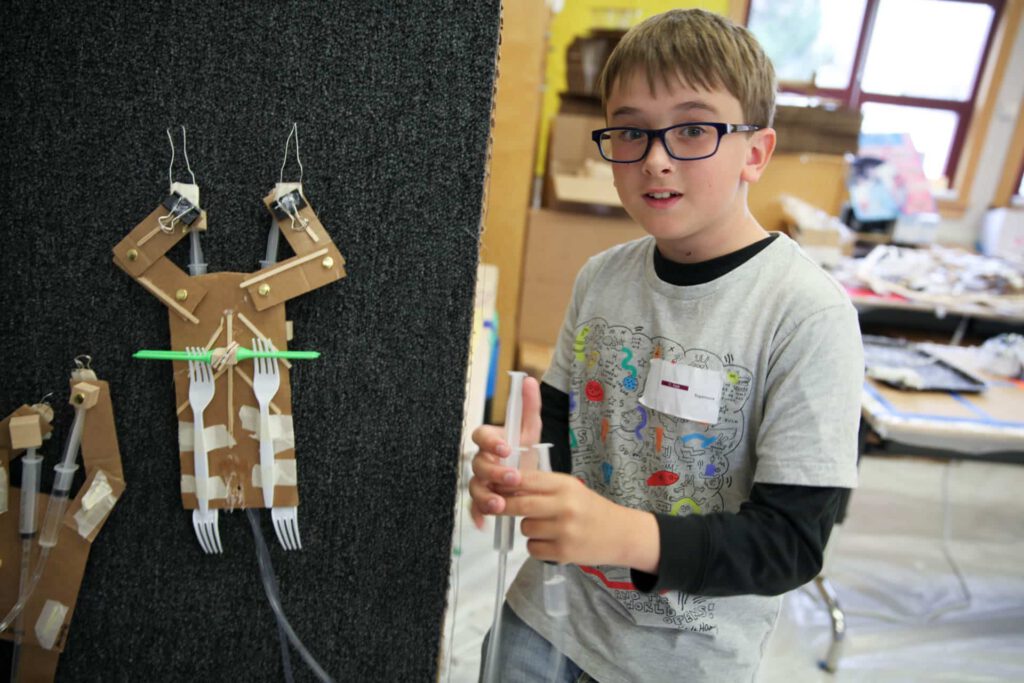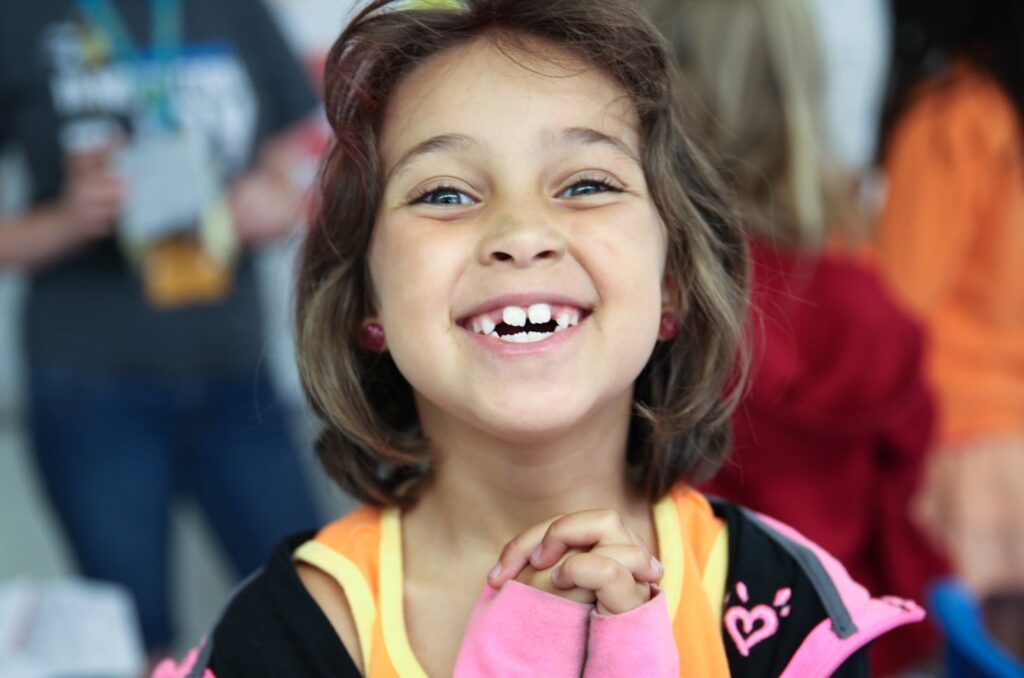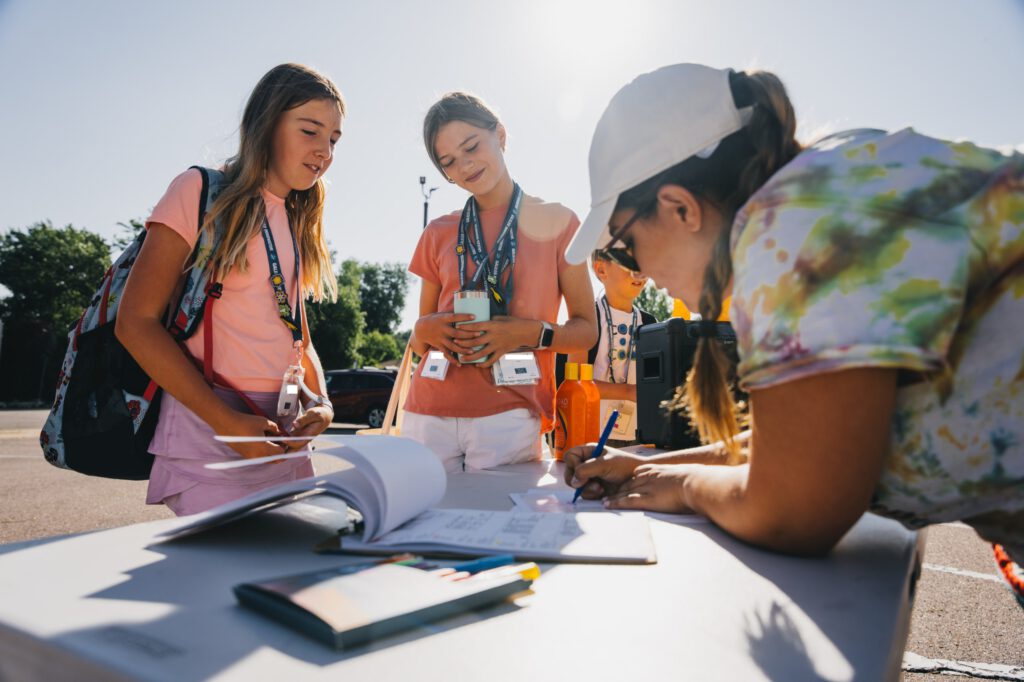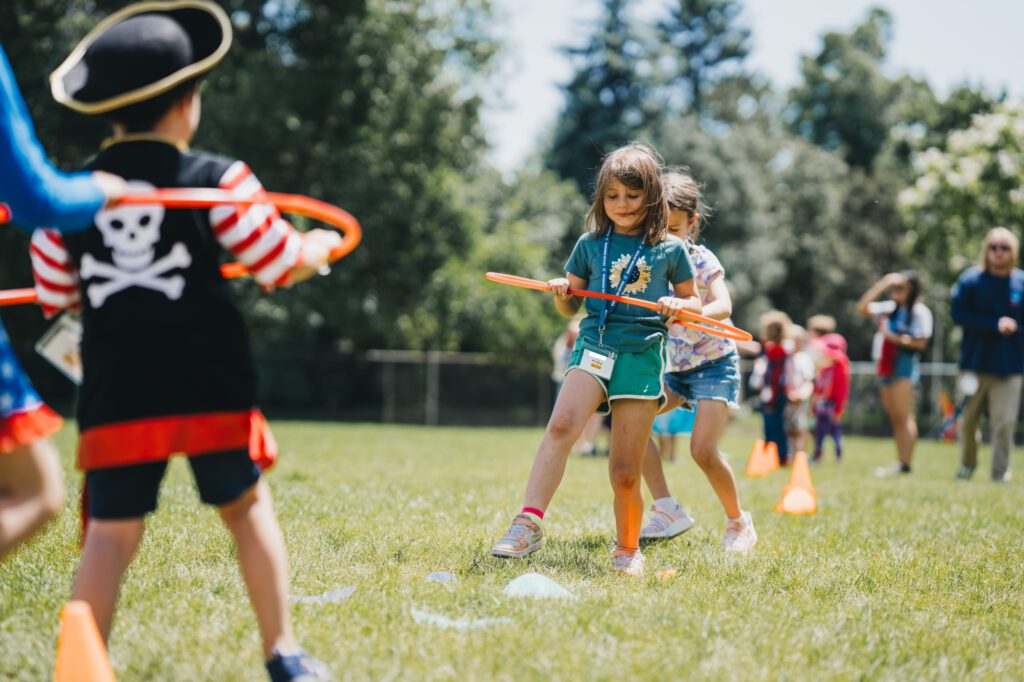Yes, it’s that time of year already. Science Fair season: the annual event that exercises student STEM skills and parental patience alike.
Though it may be hard to recognize the inherent benefits when you are in the thick of things, this yearly occurrence is an enormous learning opportunity for kids. From giving their science process skills a workout to building important life skills, Science Fair projects are multidimensional learning experiences. At the most fundamental level, they give kids an opportunity to participate in exploratory learning. At their very highest potential, they are an award-winning confidence builder, a medical breakthrough in the making, or the beginnings of a college scholarship.
The thought of Science Fair probably brings to mind carefully arranged tri-fold project boards and shiny blue ribbon medals. But if it also brings visions of papier-mâché volcanoes erupting with baking soda and vinegar, then we’ve got to talk.
Many kids go for the “wow factor” with flashy, show-stopping exhibitions that they think will get the judges’ attention and score them big points. But the reality is that a Science Fair entry requires experimentation based on the scientific method. So, what constitutes an experiment and how can you recognize one?
It comes down to demonstration vs. experiment. With a little bit of consideration, you can help kids to differentiate between the two and select an appropriate project.
The Value of Science Demonstrations
Teachers and other science educators often use demonstrations to illustrate concepts. There are many science phenomena that can be set up or modeled: from living things to machines, habitats to natural disasters. Kids love to create dioramas of ecosystems, representing the living and non-living components. They like to model machines, from simple ones like a wheel and axle to complex Rube Goldberg machines with many moving parts. A
ll of these scientific demonstrations exhibit the characteristics of a particular phenomenon or display how it works. Demonstrations play an important role in educating kids about the wonders of science. The value of a demonstration is in illustrating a science concept, in depicting how something occurs or in recreating how it works.
What Makes It an Experiment?
Science Fair experimentation should be fun and exciting, but it is also an experience from which kids can learn. An experiment by definition requires the scientist to manipulate one variable, designate the independent variable and collect data on the change that occurs as a result, which is labeled the dependent variable.
Science experiments can be conducted by kids of all ages once they understand this simple idea: change only one aspect of the procedure, keep everything else the same, then record what happens.
As an example, here is a very simple experiment involving plant growth. In the same size pots, place an equal amount of soil, an equal number of the same type of seeds and place them in a location where they receive the same amount of light. Monitor for the same number of days while delivering a different amount of water to each pot at the same interval, and record the amount of growth in each pot.
- Independent variable: the amount of water added to each pot (the only variable that changes)
- Dependent variable: the amount of plant growth over time (what happens as a result of the change)
Developing Life Skills
Though there may be a tendency to select a common science experiment, with a bit of help kids can come up with a truly unique project idea that draws upon their interests and passions. The completion of a successful Science Fair project is also an opportunity to exercise a number of life skills.
From the organization and time management skills needed to stay on task to complete the experiment by the deadline to the verbal communication skills required to present the project to others, kids are building their capacity to complete projects independently. Even if they are not destined to be scientists, the skills they develop will be valuable in high school, college, and various other aspects of their adult lives.
Goal setting
As kids plan their Science Fair projects, they set goals and make decisions. They call upon prior knowledge of the topic and research important background information. Based on their research, kids formulate a hypothesis—their educated guess—as to the outcome of their experiment.
Following procedures
As Science Fair participants follow an experimental protocol, they are learning to implement a plan and manipulate variables. Through measurement, timing and the control of variables, they are gaining an understanding of the need for accuracy and precision and troubleshooting procedural challenges.
Handling data
Once an experiment has generated data, kids will have to collect, organize and analyze it, thus making sense of the results. They should be able to represent their findings in chart and graph form, and ideally, have some knowledge as to the most appropriate type of graph with which to display their data.
Technology applications
Whether using cell phone sensors to track data or cameras and microphones to record it, kids will likely employ some mobile data collection skills during the implementation of their Science Fair project. Even if their project does not require the use of common science tools like a multimeter, spring scale or triple-beam balance, chances are they will utilize graph making and word processing programs to prepare the graphical and textual requirements for their project boards.
Demonstrations play a critical role in science education as they model and explain scientific phenomena, but Science Fair also means experimentation. This requires kids to establish a purpose or pose a question, research their topic and formulate a hypothesis. As they conduct their experiment, they collect and analyze data, eventually drawing a conclusion regarding their hypothesis. Throughout the process, they utilize a variety of organizational, research and communication skills. This self-directed learning supports the scientific method and creates the opportunity to play the role of scientist, which can be invaluable preparation for the future.



